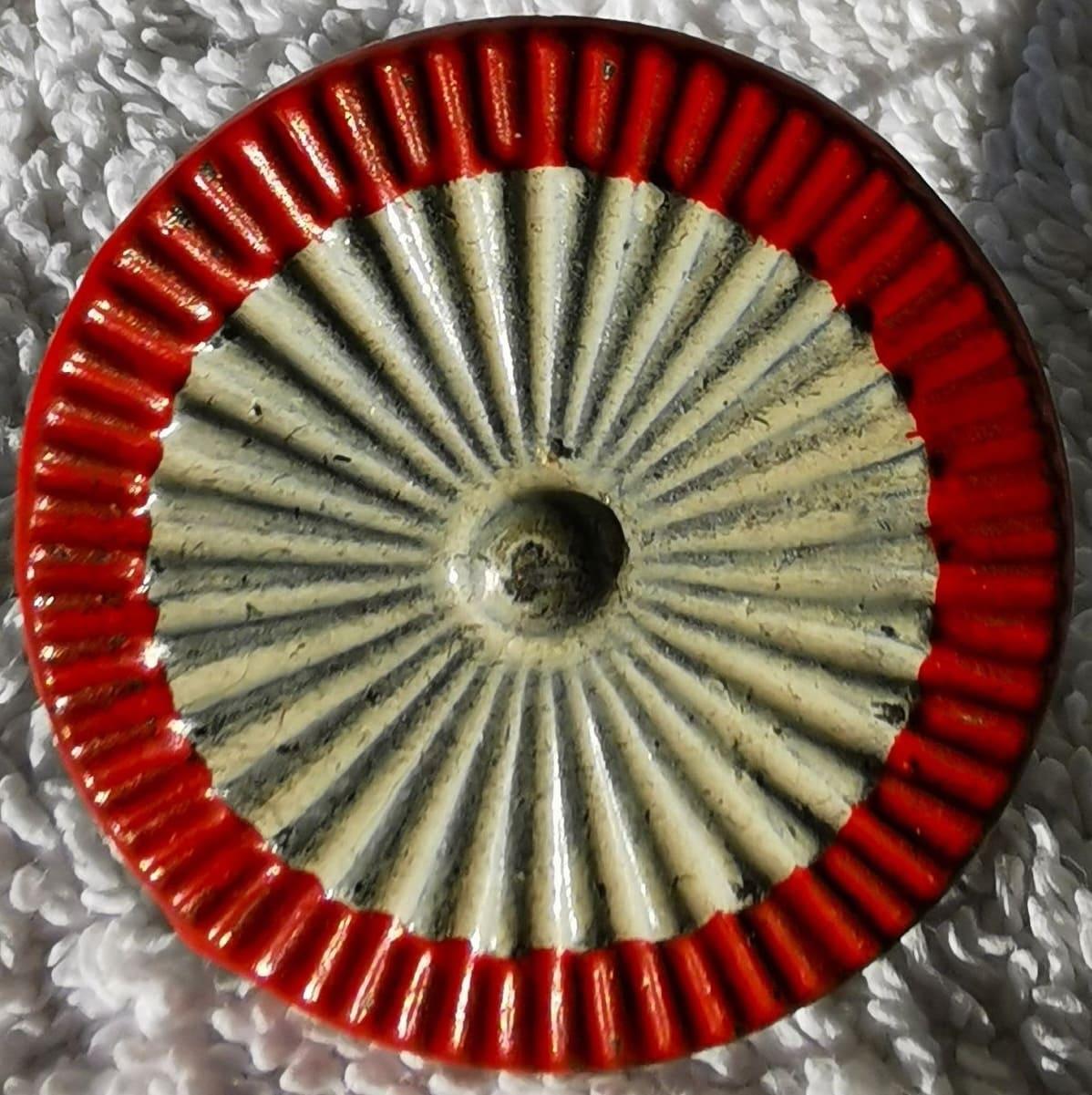 Flagge "Flagge des Kanton Obwalden" bei fahnenversand.de kaufen.
Flagge "Flagge des Kanton Obwalden" bei fahnenversand.de kaufen.
 Flagge "Flagge des Kanton Obwalden" bei fahnenversand.de kaufen.
Flagge "Flagge des Kanton Obwalden" bei fahnenversand.de kaufen.
Last modified: 2025-09-20 by martin karner
Keywords: switzerland | obwalden | key | canton | half-canton | german |
Links: FOTW homepage |
search |
disclaimer and copyright |
write us |
mirrors
Per fess gules and argent, overall a key in pale ward up
countercoloured.
Divided horizontally into equal parts, the upper red and the lower
white, with superimposed a key white in the red part of the field and
red in the white part of the field with its ward turned toward the
hoist.
T.F. Mills, 16 October 1997
Simple rectangular cantonal flag, as shown in Mader (1942) (So-called
colour flag [Farbenfahne in German]).
Martin Karner
See also: STATE COLOURS in Dictionary of Vexillology
Flaggen, Knatterfahnen and Livery Colours |
![[Knatterfahnen]](../images/c/ch-ow_f.gif)
|
![[Knatterfahnen]](../images/c/ch-ow_kf.gif)
|
![[livery colours]](../images/c/ch-so_ff.gif)
|
images by Pascal Gross
Flaggen are vertically hoisted from a crossbar in the manner of gonfanon, in ratio of about 2:9, with a swallowtail that indents about 2 units. The chief, or hoist (square part) usually incorporates the design from the coat of arms – not from the flag. The fly part is always divided lengthwise, usually in a bicolour, triband or tricolour pattern (except Schwyz which is monocolour, and Glarus which has four stripes of unequal width). The colours chosen for the fly end are usually the main colours of the coat of arms, but the choice is not always straight forward.
Knatterfahnen are similar to Flaggen, but hoisted from the long side and have no swallow tail. They normally show the national, cantonal or communal flag in their chiefs.
Željko Heimer, 16 July 2000
See also: HANGING FLAG, VERTICALLY HOISTED FLAG, LIVERY COLOURS in Dictionary of Vexillology
logo.jpg) image located by Martin Karner (8 May 2024)
image located by Martin Karner (8 May 2024) image located by Martin Karner
image located by Martin KarnerCockade for the cantonal troops' headgear (regulation from 1898, size: ca. 35 mm, reverse side).
Martin Karner, 14 March 2025
See also: Cockades (Swiss Army)







